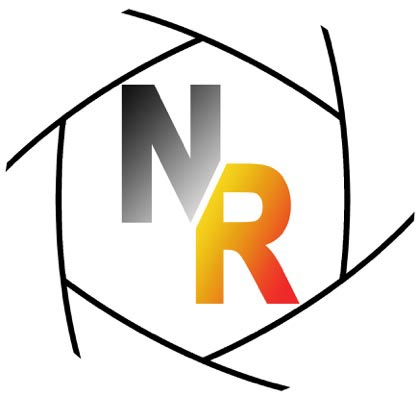Things a Changing
Man oh man, things are changing! Hard to imagine what will come in five or ten years as there has been so much in the past five or ten. December 2003, ten years ago? Think where photography was. We didn't even have digital capture that was very good yet. I was working in a hybrid way 100%: shooting film (either 120mm or 8 x 10 inches), developing the black and white negatives myself and sending the color out to be processed, scanning the negatives and making my own inkjet prints. I believe I was printing on my first 44 inch inkjet printer by then: an Epson 9600. A pretty good printer but a far cry from where we are now. I remember we were having discussions (and arguments) about metamerism, print longevity and pigment verses dye inks. We were also having real issues with color profiles as they were unreliable from paper manufacturers and the papers themselves were all over the place due to batch inconsistencies.
Of course, we now think of inkjet printing as being a mature technology. There are a great range of papers of different qualities and surfaces, inks are very stable, and prints can be truly lustrous and detailed. In 2003 most black and white inkjet prints were terrible and we were in the era of printers set up to just print black and white with dedicated ink sets. OMG! About then I took a summer workshop at Cone Editions Press in Vermont to learn to use his system of printing black and white with inks he and his team had developed. Good prints from a painful process. Now I often print my black and white imagery as RGB files with no color cast at all.
But on the shooting end, real change is right around the corner as it is looking like the concept of big camera for best image is going to go away soon. The sooner the better as far as I am concerned. Sony is looking like the company for innovation as the new Sony A7r has set the industry buzzing. A smaller camera with a very large sensor (at 36 mp) this flies in the face of conventional wisdom that says a camera with a large file size has to be big and heavy. Not so. Indeed, for most with no need to make really big prints, a 36 mp large sensor camera is overkill. Sony thought so too as it made mostly the same camera, called the A7, with a 24 mp sensor. Cheaper too. Smart. But think twice about rushing out to buy one of these as Sony came out with the cameras before making many lenses to fit them. That should improve over 2014.
Any other big changes in photography? I thought you'd never ask. Big changes are afoot in image processing and perhaps have been for a while now. It's not clear that Photoshop reigns supreme anymore. Old style digital: shoot RAW, load the file into Camera Raw, convert the file to a TIFF, load it into Photoshop, work the file using layers and smart objects and output it through Adobe and printer drivers. New style digital workflow: load the RAW file into Lightroom or Aperture, color correct and adjust contrast, work the file in some plug-in like On One's Perfect Enhance or Nik's Viveza 2, finish up with Nik's Perfect Sharpener and then export the file to Photoshop for final sizing, then, optionally, to a RIP like Colorbyte's Image Print for output. Sounds more complicated but it isn't really and it sure beats bloated files with 20 or more layers. Plus the process never touches the original. Coming next? More automation, less hands on, picking the image you want from a menu of thumbnails that give you the look you want and avoid the heavy lifting. That isn't exactly my idea of paradise, having some software company determine how my image is going to look. But, so far at least, all those canned looks are flexible with sliders that control how much, how contrasty, how much color is added, etc.
Confused about formats? It is a very confusing time. Michael Reichmann works at trying to clarify the issue and weighs in on large verses smaller sensors at: Luminous Landscape.
Good luck.

 By far my biggest print. Man, I loved that! Seeing that print up there every time I went to work.
By far my biggest print. Man, I loved that! Seeing that print up there every time I went to work.

